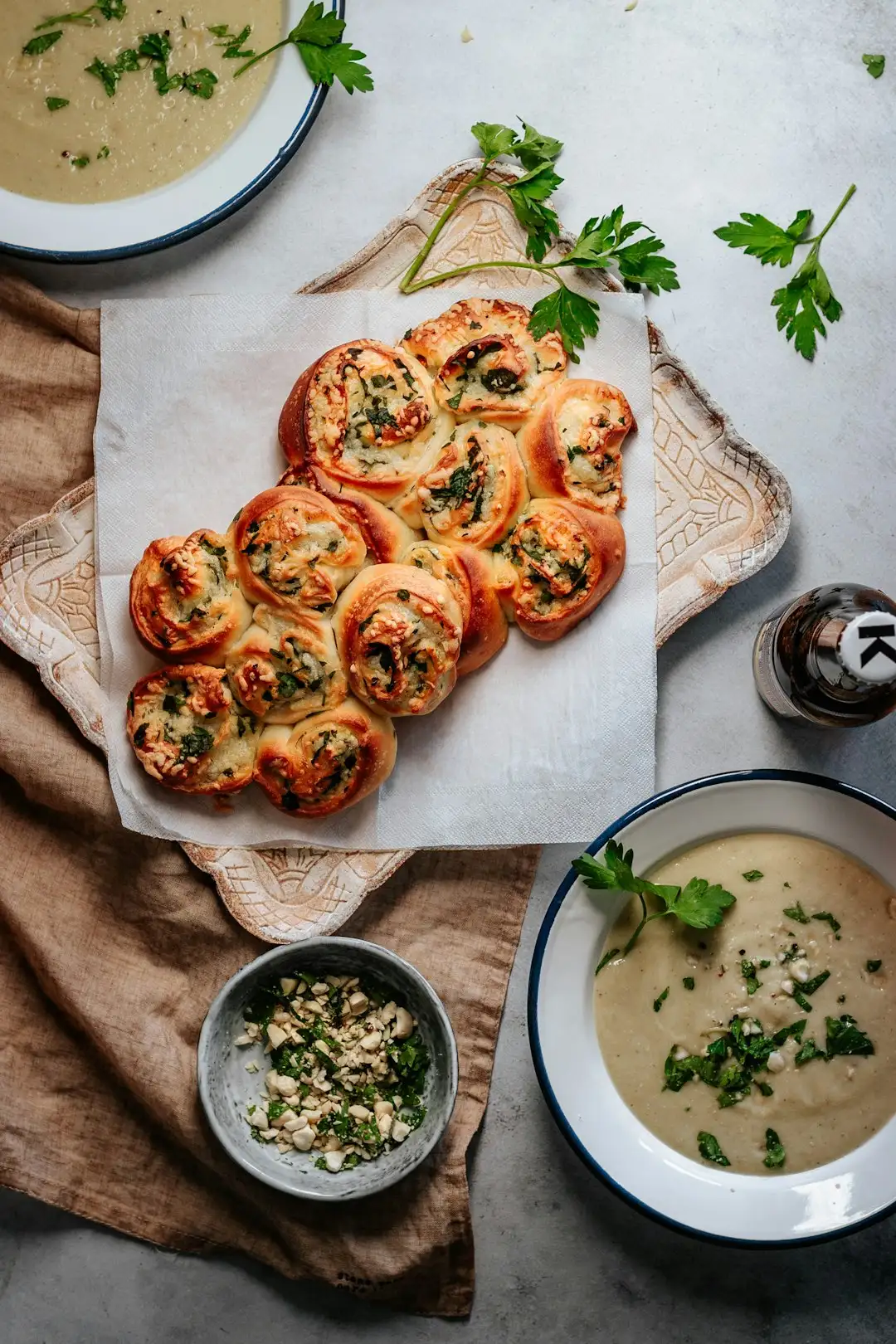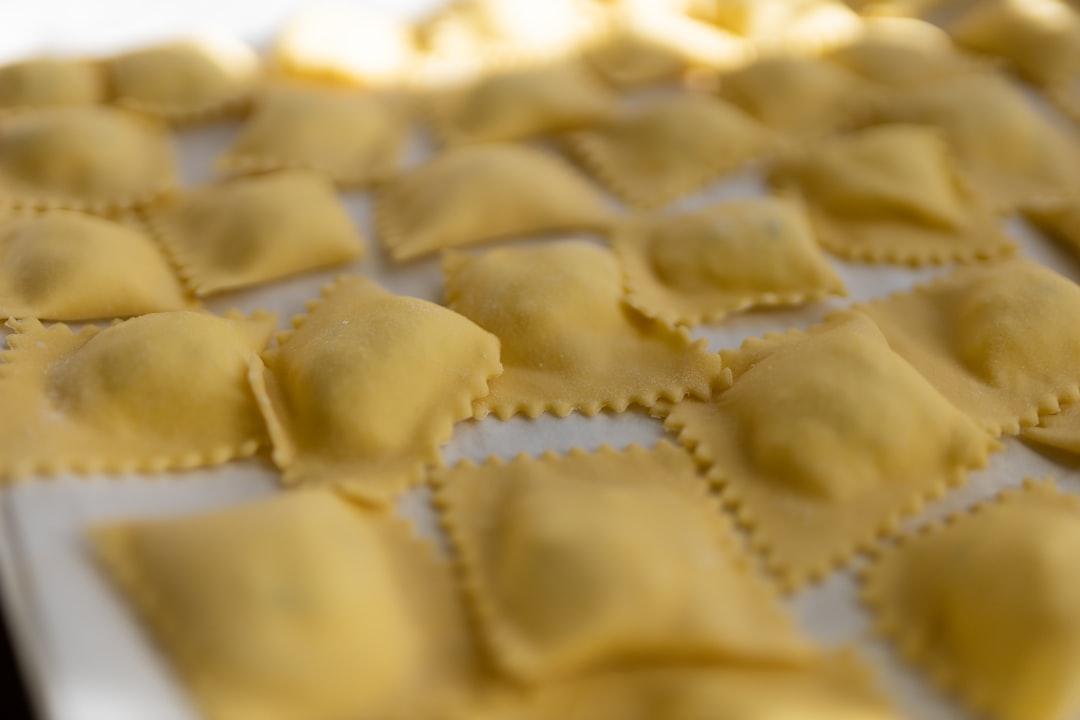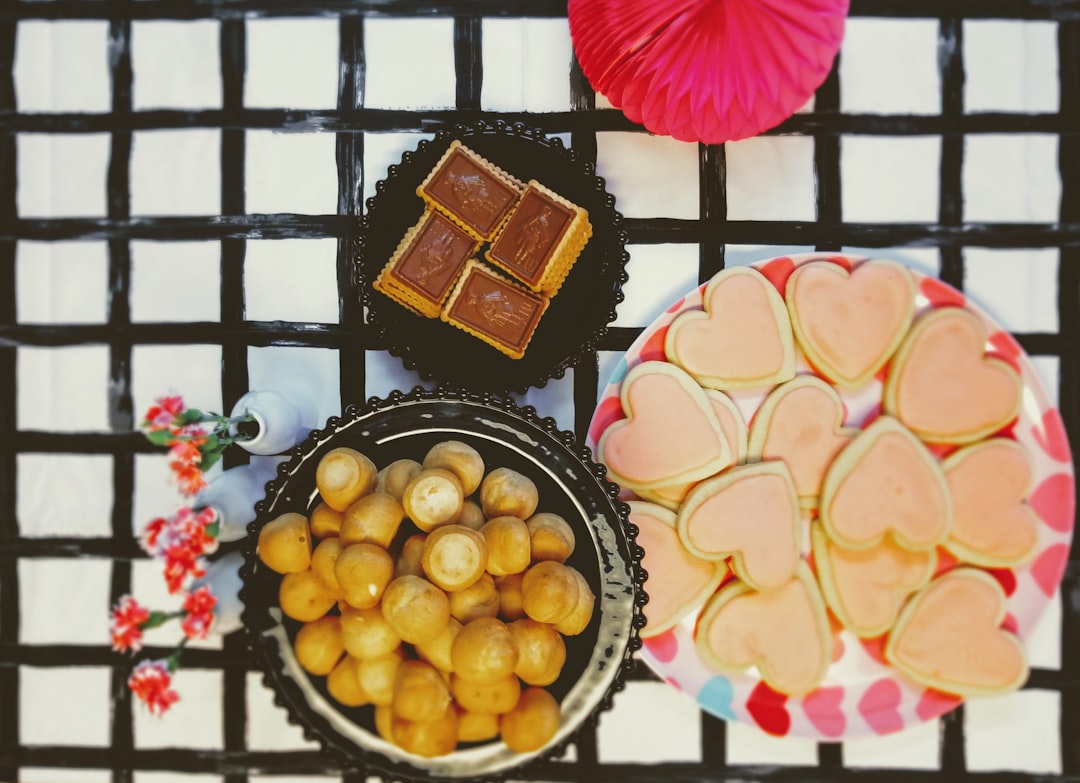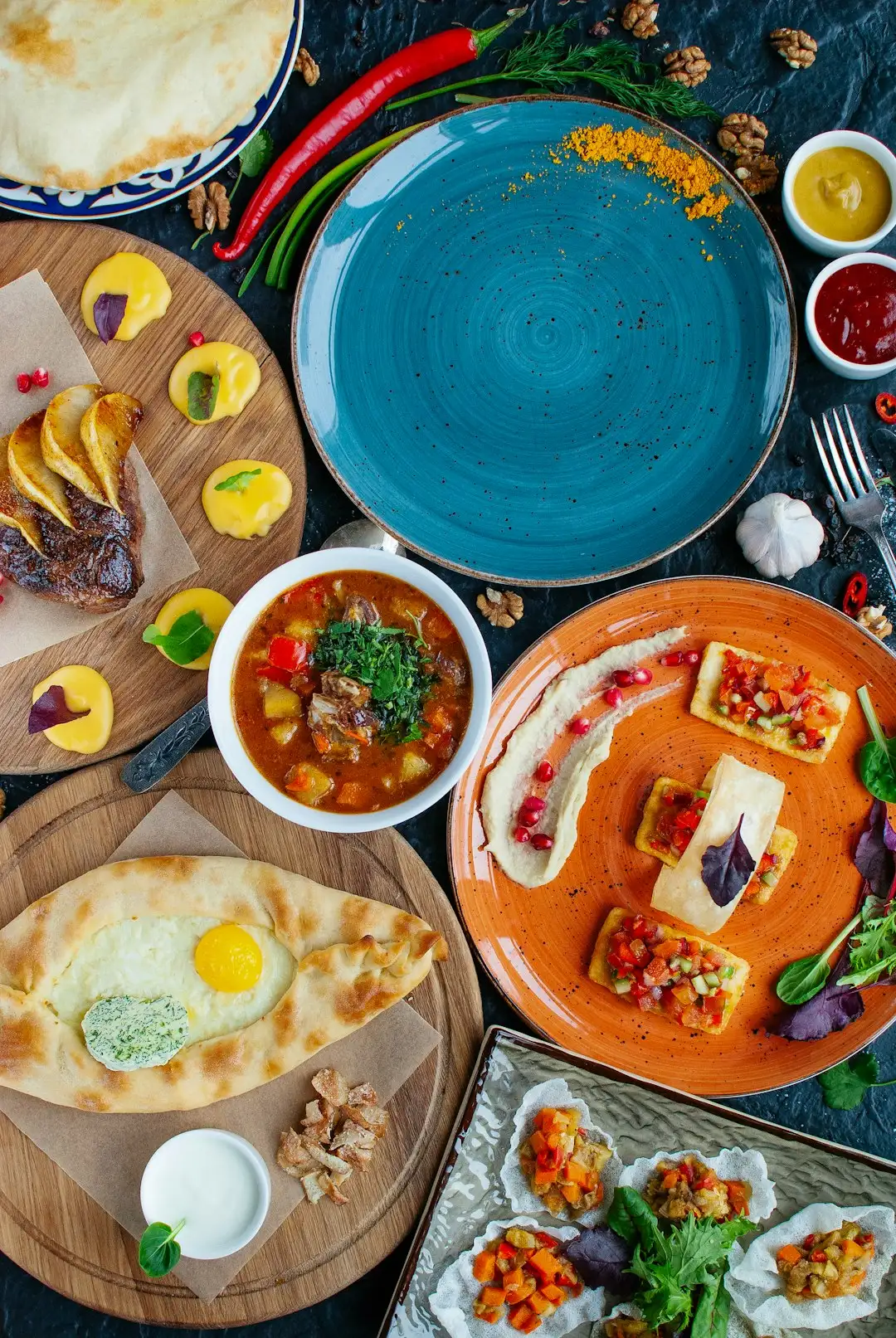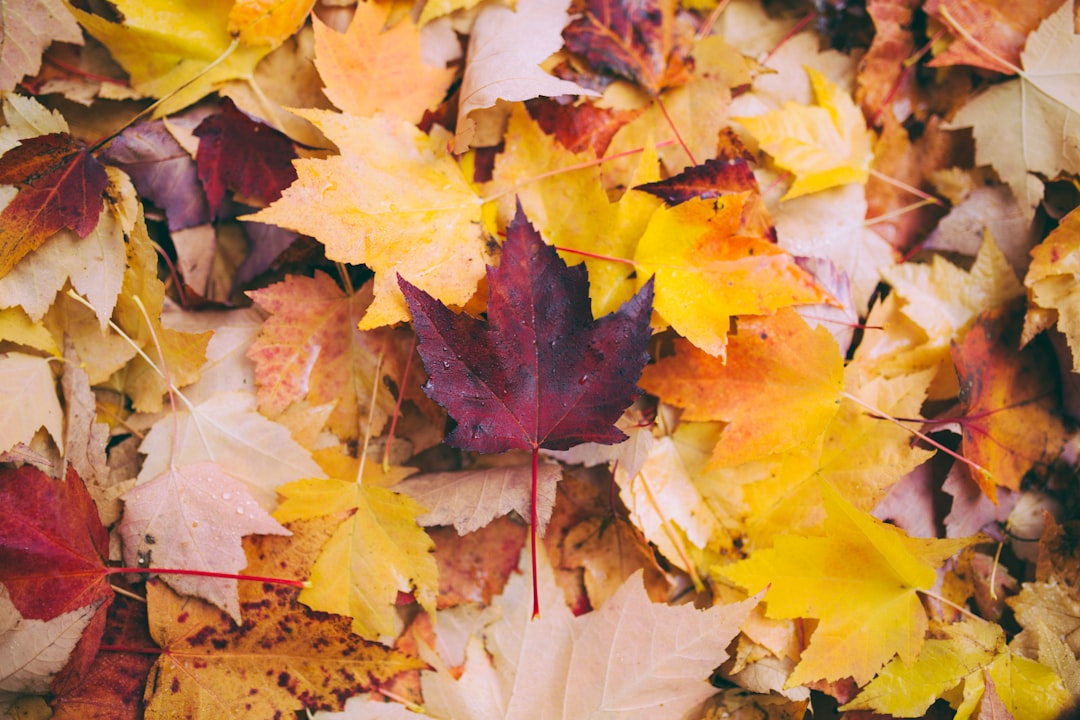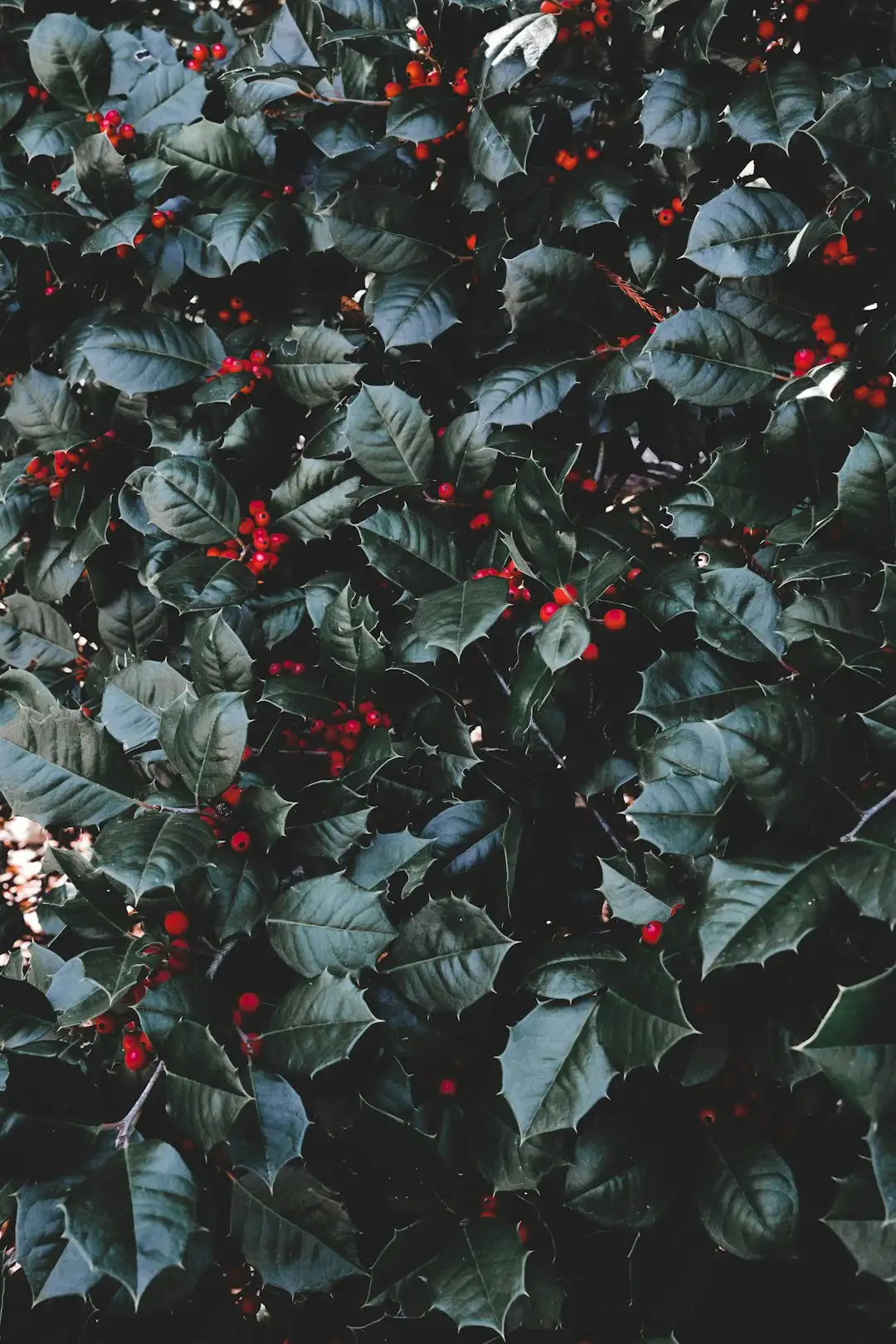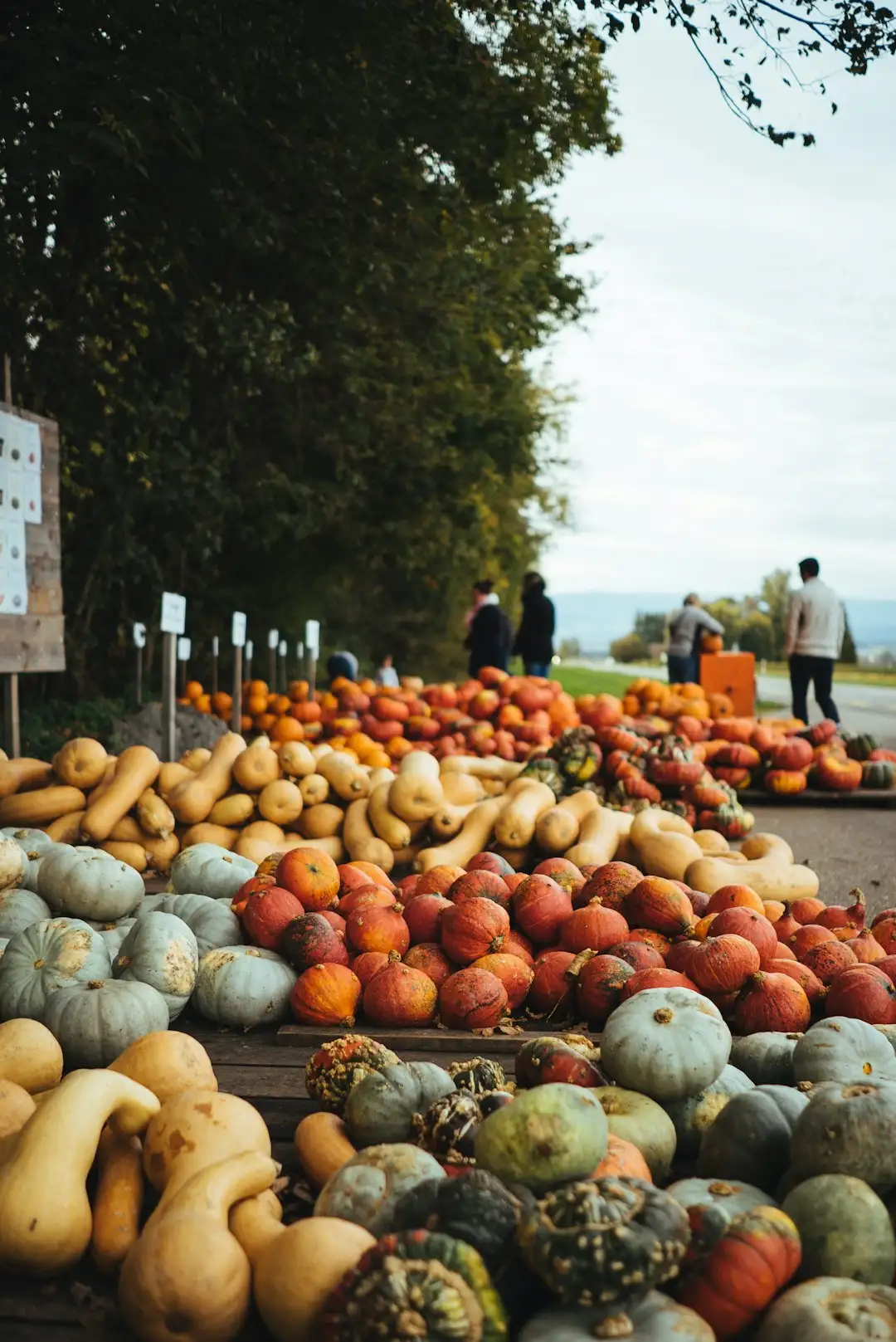Fall is a season of bountiful harvests, and among the many treasures nature offers, fresh persimmons stand out as a unique and delicious fruit. In this article, we'll explore the art of choosing, storing, and savoring these delightful fruits, and get you ready to fall head - over - heels in love with them.
### Choosing the Perfect Persimmons
When it comes to selecting fresh persimmons, there are two main types to be aware of: Fuyu and Hachiya. Fuyu persimmons are squat and tomato - shaped. They can be eaten while still firm, similar to an apple. Look for Fuyus that are bright orange in color, with smooth, unblemished skin. Avoid those with soft spots or bruises, as these may indicate spoilage.
Hachiya persimmons, on the other hand, are more elongated and acorn - shaped. They must be fully ripe before eating, as unripe Hachiyas are extremely astringent. A ripe Hachiya will be very soft, almost mushy to the touch. Its skin should be a deep, rich orange. You can gently squeeze the fruit; if it gives easily, it's ready to be enjoyed.
### Storing Persimmons for Optimal Freshness
Proper storage is crucial to keep your persimmons fresh and delicious. If you've bought firm Fuyu persimmons, you can store them at room temperature for a few days to allow them to ripen. Once they reach the desired softness, you can transfer them to the refrigerator to slow down the ripening process and keep them fresh for up to a week.
Hachiya persimmons, being more delicate, should be stored at room temperature until they are fully ripe. Once ripe, they are best kept in the refrigerator. You can also freeze ripe persimmons. Simply remove the stems, cut them into pieces, and place them in an airtight container or freezer bag. Frozen persimmons can be used in smoothies, baked goods, or thawed and eaten as a cold treat.
### Preparing and Eating Persimmons
One of the simplest ways to enjoy persimmons is to eat them fresh. For Fuyu persimmons, you can wash them, remove the calyx (the green leafy part at the top), and slice them like an apple. They make a great addition to salads, adding a sweet and crunchy element. You can also pair them with cheese, such as goat cheese or brie, for a delicious appetizer.
When it comes to Hachiya persimmons, their soft texture makes them perfect for pureeing. After washing and removing the stem, scoop out the flesh and blend it until smooth. This puree can be used in a variety of recipes. You can make persimmon pudding, which is a classic fall dessert. Combine the puree with eggs, milk, sugar, and flour, and bake it in the oven for a warm, comforting treat.
Another great way to use persimmon puree is in smoothies. Blend it with yogurt, bananas, and a splash of orange juice for a nutritious and refreshing drink. You can also use it as a topping for pancakes or waffles, adding a unique and sweet flavor to your breakfast.
### Cooking with Persimmons
Persimmons can also be cooked in savory dishes. For example, you can roast Fuyu persimmons with a little olive oil, salt, and pepper. The roasting process caramelizes the natural sugars in the fruit, bringing out a rich, sweet - savory flavor. Roasted persimmons can be served as a side dish with roasted meats or added to grain bowls for an extra burst of flavor.
You can also make persimmon chutney. Combine chopped persimmons with onions, vinegar, sugar, and spices like cinnamon and cloves. Simmer the mixture on the stove until it thickens into a delicious chutney. This chutney pairs well with grilled chicken, pork, or even as a spread on sandwiches.
In conclusion, fresh persimmons are a versatile and delicious fall fruit. By following these tips on choosing, storing, and cooking with them, you can fully enjoy the unique flavors and textures they have to offer. So, head to your local market, pick up some persimmons, and start exploring the wonderful world of this fall delight.
